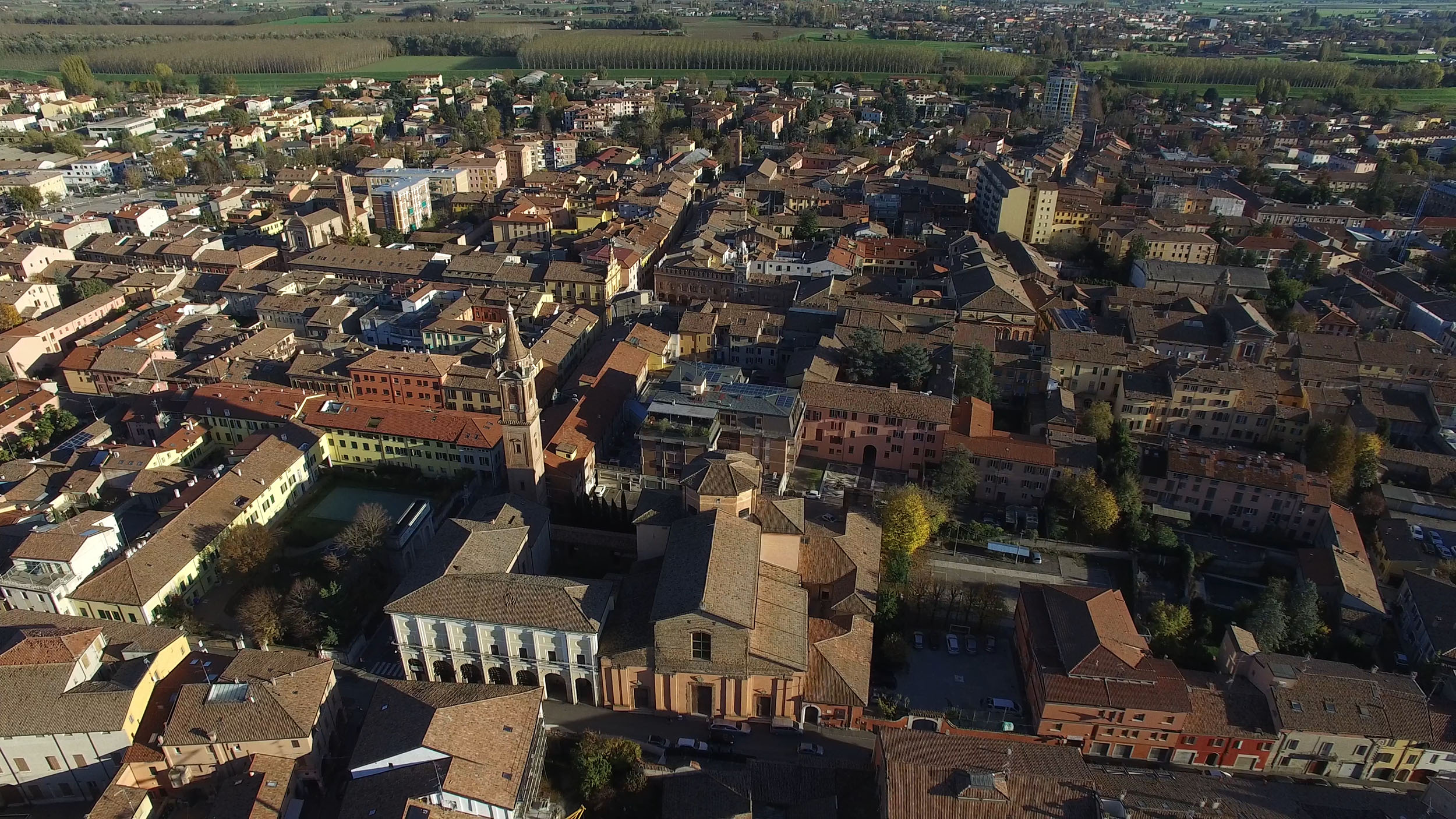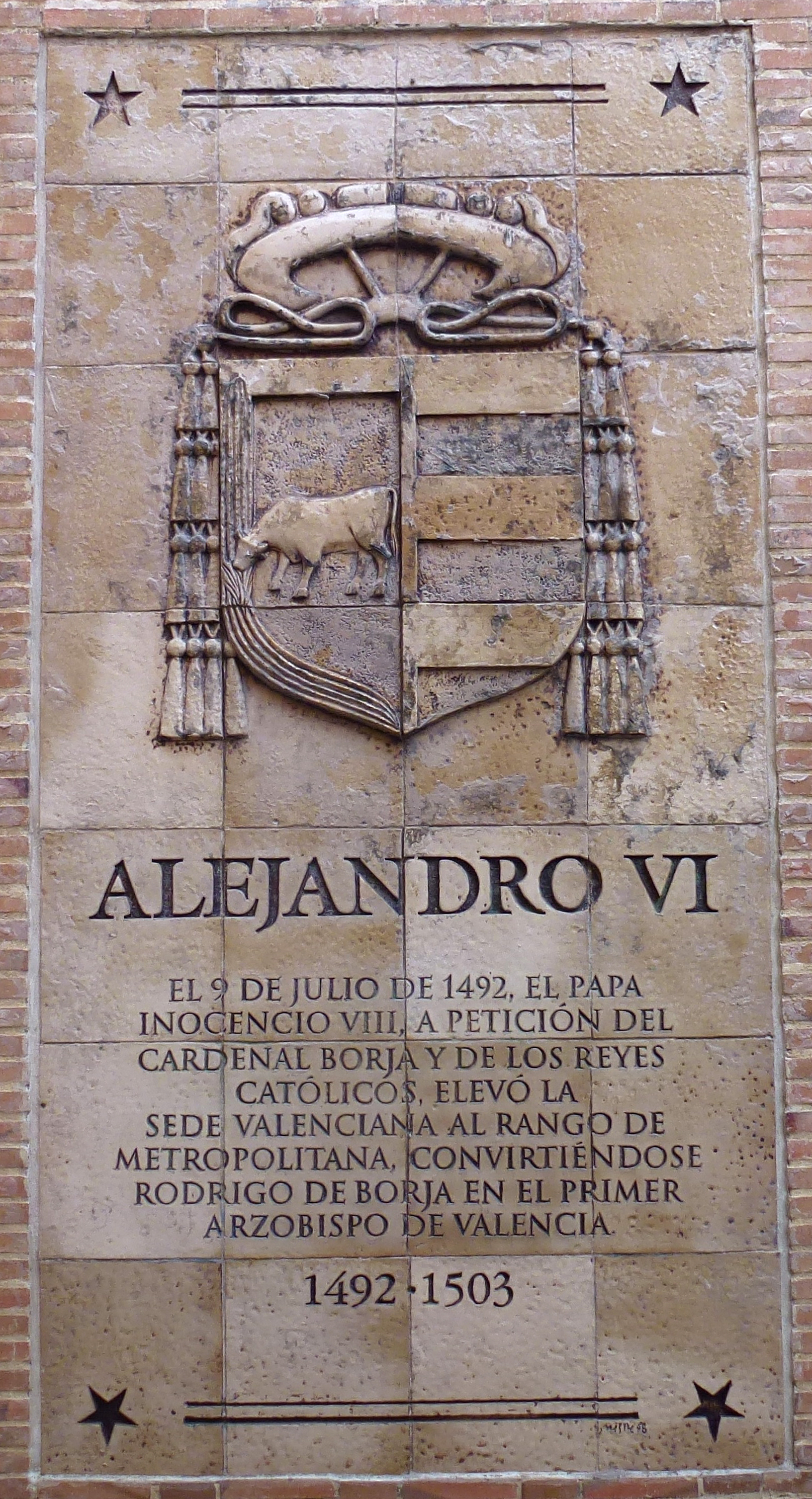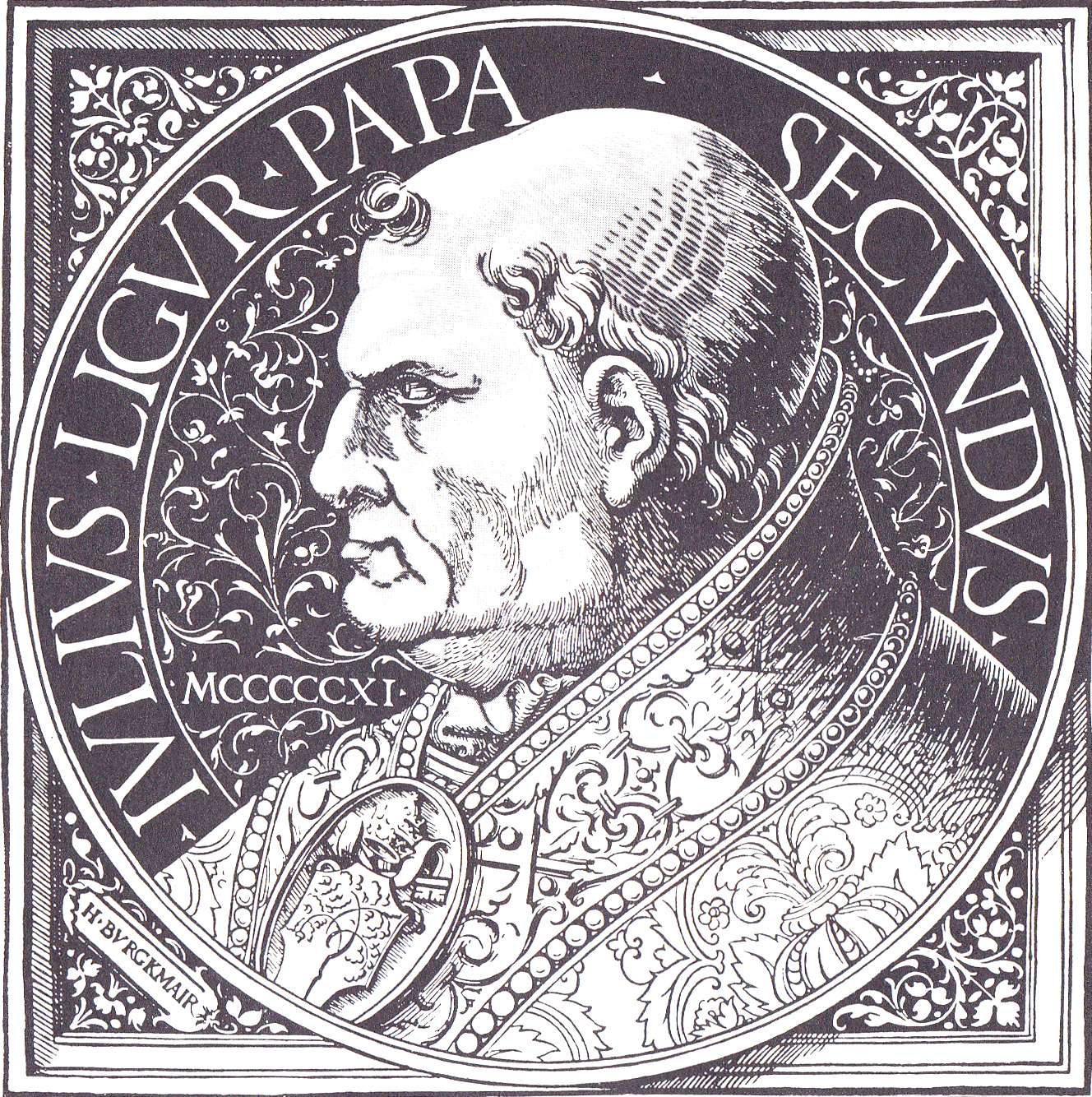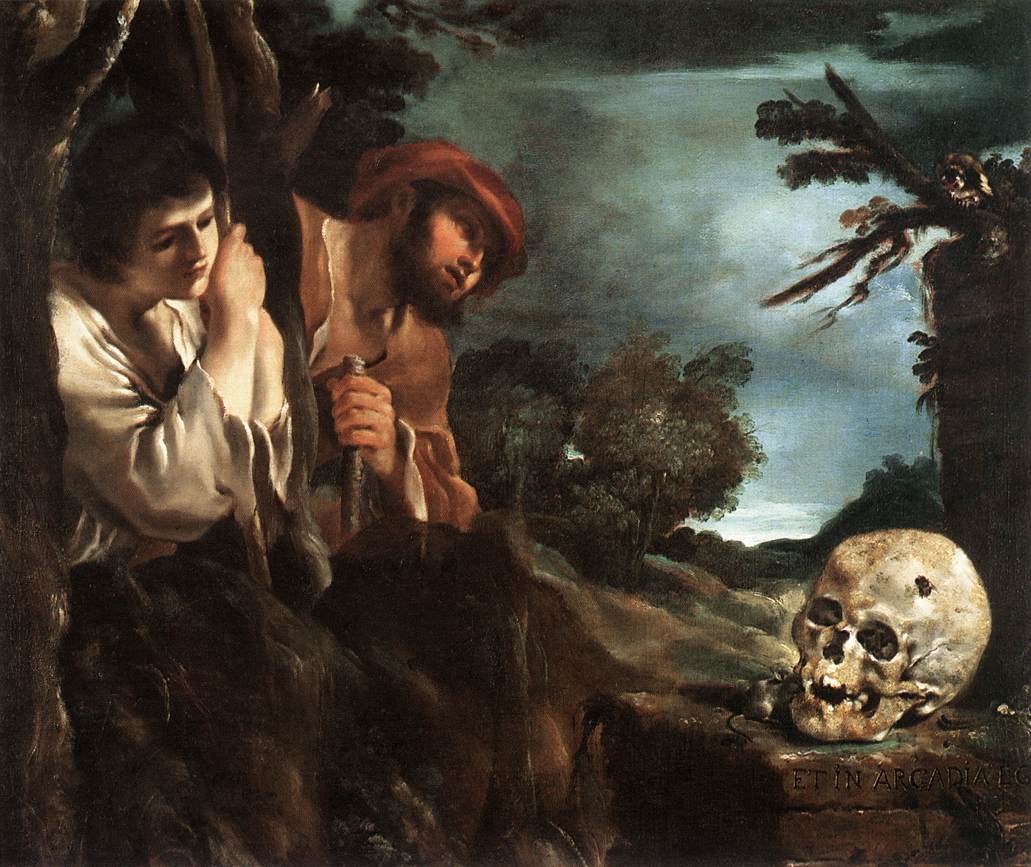|
Cento
Cento (; Bolognese dialect, Northern Bolognese: ; Bolognese dialect, City Bolognese: ; Bolognese dialect, Centese: ) is a town and ''comune'' in the province of Ferrara, Emilia-Romagna, Italy. History The name Cento is a reference to the centuriation of the Po Valley. Cento's growth from its origin as a little fishing village in the marshes to an established farming town took place in the first few centuries in the second millennium. The Bishop of Bologna and the Abbot of Nonantola established the Partecipanza Agraria, an institution in which land would perpetually be redistributed every twenty years among the male heirs of the families who constituted the initial core of the community in the 12th century. In 1502, Pope Alexander VI took it away from the dominion of the Bishop of Bologna and made it part of the dowry of his daughter Lucrezia Borgia, betrothed to Duke Alfonso I d'Este. It was later returned to the Papal States in 1598. South-east of the city lies the small hist ... [...More Info...] [...Related Items...] OR: [Wikipedia] [Google] [Baidu] |
Emilia-Romagna
Emilia-Romagna (, , both , ; or ; ) is an Regions of Italy, administrative region of northern Italy, comprising the historical regions of Emilia (region), Emilia and Romagna. Its capital is Bologna. It has an area of , and a population of 4.4 million. Emilia-Romagna is one of the wealthiest and most developed regions in Europe, with the third highest gross domestic product per capita in Italy. It is also a cultural center, being the home of the University of Bologna, the oldest university in the world. Some of its cities, such as Modena, Parma, Ferrara, and Ravenna, are UNESCO heritage sites. It is a center for food and automobile production (such as Ferrari, Lamborghini, and Maserati). It has coastal resorts such as Cervia, Cesenatico, and Rimini. In 2018, the Lonely Planet guide named Emilia-Romagna as the best place to see in Europe. Etymology The name ''Emilia-Romagna'' is a legacy of Ancient Rome. ''Emilia'' derives from the ''via Aemilia'', the Roman road connecting Pia ... [...More Info...] [...Related Items...] OR: [Wikipedia] [Google] [Baidu] |
Pope Alexander VI
Pope Alexander VI (, , ; born Roderic Llançol i de Borja; epithet: ''Valentinus'' ("The Valencian"); – 18 August 1503) was head of the Catholic Church and ruler of the Papal States from 11 August 1492 until his death in 1503. Born into the prominent Borja family in Xàtiva in the Kingdom of Valencia under the Crown of Aragon, he was known as Roderic de Borja, and he is commonly referred to by the Italianized form as Rodrigo Borgia. He studied law at the University of Bologna. He was ordained deacon and made a cardinal in 1456 after the election of his uncle as Pope Callixtus III, and a year later he became vice-chancellor of the Catholic Church. He proceeded to serve in the Roman Curia under the next four popes, acquiring significant influence and wealth in the process. In 1492, Rodrigo was elected pope, taking the name Alexander VI. Alexander's papal bulls of 1493 confirmed or reconfirmed the rights of the Spanish crown in the New World following the finds of Christop ... [...More Info...] [...Related Items...] OR: [Wikipedia] [Google] [Baidu] |
Marco Zoppo
Marco Zoppo (1433 – 19 February 1498) was an Italian painter of the Renaissance period, active mainly in Bologna. He was born in Cento. He was a pupil of the painter Lippo Dalmasio then for a few years with Francesco Squarcione around 1455. He was a contemporary of Andrea Mantegna. He painted a number of variations of the ''Virgin and Child Enthroned with Saints'' while he was in Bologna. Francesco Francia was one of his pupils. He died in Venice, where he had gone after working for Squarcione. Artistic career The oldest document in which Marco Ruggieri, known as lo Zoppo, appears, dates back to 1452, when the young painter, living in his native Cento, is entrusted with the gilding of a statue of the Virgin and Child. The following year lo Zoppo is documented in Padua, in the workshop of the ‘tailor and embroiderer’ Francesco Squarcione, whose adopted son he soon became. During these Paduan years, Zoppo was strongly influenced by the art of Donatello, who had recently fin ... [...More Info...] [...Related Items...] OR: [Wikipedia] [Google] [Baidu] |
Brazilian Carnival
The Carnival of Brazil (, ) is an annual festival held the Friday afternoon before Ash Wednesday at noon, which marks the beginning of Lent, the forty-day period before Easter. During Lent, Roman Catholics and some other Christians traditionally abstain from the consumption of meat and poultry, hence the term "carnival", from ''carnelevare'', "to remove (literally, "raise") meat." Carnival is the most popular holiday in Brazil and has become an event of huge proportions. Except for industrial production, retail establishments such as malls, and carnival-related businesses, the country unifies completely for almost a week and festivities are intense, day and night, mainly in coastal cities. Rio de Janeiro's carnival alone drew 6 million people in 2018, with 1.5 million being travelers from inside and outside Brazil. Rio_Carnival, Rio's carnival is the largest in the world according to Guinness World Records. Historically its origins can be traced to the Age of Discovery#Portugues ... [...More Info...] [...Related Items...] OR: [Wikipedia] [Google] [Baidu] |
Santa Maria Maddalena, Cento
Santa Maria Maddalena is a Baroque style, Roman Catholic church located on Via Matteotti in Cento, Region of Emilia-Romagna, Italy. History The church has an octagonal layout, and was once adjacent to a monastery of Augustinian nuns. The facade was erected in 1661–1662. The main altar has a canvas depicting the ''Penitent Magdalen'' by Cesare Gennari Cesare Gennari (12 December 1637 – 11 February 1688) was an Italian painter of the Baroque period. His ''Saint Mary Magdalene'' is in the Pinacoteca Civica di Cento. His ''Apparition of the Virgin to Saint Nicholas of Bari'' is at the Pinacotec .... The side chapels have lateral chapels with a painting depicting "Santa Teresa d’Avila'' and ''Sant’Apollonia" by Benedetto Gennari junior and an 18th-century statue of the "Madonna di Loreto". information. [...More Info...] [...Related Items...] OR: [Wikipedia] [Google] [Baidu] |
Galleria D'arte Moderna Aroldo Bonzagni
The Galleria d'arte moderna Aroldo Bonzagni is an Italian museum, located in Cento. It was founded in 1959 in memory of the local painter Aroldo Bonzagni, who died in 1918 at only thirty years of age. Collection The museum collection is focused on a group of paintings by Bonzagni and a selection of works of Italian figurative painters of the twentieth century. Among the many artists represented are Aldo Carpi, Achille Funi, Raffaele De Grada, Filippo De Pisis, Lucio Fontana, Umberto Lilloni, Giò Pomodoro, Aligi Sassu, Pio Semeghini, Mario Sironi, Adriano Spilimbergo, Guido Tallone, Renato Vernizzi Renato Vernizzi (1 July 1904 – 18 January 1972) was an Italian painter. Biography Vernizzi was born in Parma, Italy. He enrolled at the Parma Academy of Fine Arts in 1922. Having moved to Milan in 1927, he came into contact with the painting o ..., and Adolfo Wildt. References {{Authority control Art museums and galleries in Emilia-Romagna Cento Contemporary art ga ... [...More Info...] [...Related Items...] OR: [Wikipedia] [Google] [Baidu] |
Julius II
Pope Julius II (; ; born Giuliano della Rovere; 5 December 144321 February 1513) was head of the Catholic Church and ruler of the Papal States from 1503 to his death, in February 1513. Nicknamed the Warrior Pope, the Battle Pope or the Fearsome Pope, it is often speculated that he had chosen his papal name not in honor of Pope Julius I but in emulation of Julius Caesar. One of the most powerful and influential popes, Julius II was a central figure of the High Renaissance and left a significant cultural and political legacy. As a result of his policies during the Italian Wars, the Papal States increased their power and centralization, and the office of the papacy continued to be crucial, diplomatically and politically, during the entirety of the 16th century in Italy and Europe. In 1506, Julius II established the Vatican Museums and initiated the rebuilding of the St. Peter's Basilica. The same year he organized the famous Swiss Guard for his personal protection and commanded a su ... [...More Info...] [...Related Items...] OR: [Wikipedia] [Google] [Baidu] |
Frazione
A ''frazione'' (: ''frazioni'') is a type of subdivision of a ''comune'' ('municipality') in Italy, often a small village or hamlet outside the main town. Most ''frazioni'' were created during the Fascist era (1922–1943) as a way to consolidate territorial subdivisions in the country. In the autonomous region of the Aosta Valley, a ''frazione'' is officially called ''hameau'' in French. In South Tyrol, a ''frazione'' is called ''Fraktion'' in German and ''frazion'' in Ladin. Description The term ''frazioni'' refers to the villages or hamlets that often make up a ''comune'' in rural Italian areas. Subdivision of a ''comune'' is optional; some ''comuni'' have no ''frazioni'', but others have several dozen. The ''comune'' usually has the same name of the '' capoluogo'', but not always, in which case it is called a ''comune sparso''. In practice, most ''frazioni'' are small villages or hamlets, occasionally just a clump of houses. Not every hamlet is classified as a ''frazione ... [...More Info...] [...Related Items...] OR: [Wikipedia] [Google] [Baidu] |
Chiesa Del Rosario, Cento
Church of the Rosary, or Chiesa del Rosario, is a Baroque Roman Catholic church located on Via San Salvatore in Cento, Province of Ferrara, Region of Emilia-Romagna, Italy. History Construction of the church began in 1633, using designs by Algarotto, commissioned by the Confraternity ''del Rosario'', which was operating initially from a church in Borgo da Sera inferiore. The church was consecrated in 1645. Guercino was for many years prior of the confraternity; and he helped design the facade. Part of the funds came from ex votos in gratitude for cessation of the plague epidemic of 1631. Due to damage from the 2012 Northern Italy earthquakes In May 2012, two major earthquakes struck Northern Italy, causing 27 deaths and widespread damage. The events are known in Italy as the 2012 Emilia earthquakes, because they mainly affected the Emilia-Romagna, Emilia region. The first earthquake ..., restorations were in progress in 2014. The church still maintains the elaborate main altar ... [...More Info...] [...Related Items...] OR: [Wikipedia] [Google] [Baidu] |
Guercino
Giovanni Francesco Barbieri (February 8, 1591 – December 22, 1666),Miller, 1964 better known as (il) Guercino (), was an Italian Baroque painter and draftsman from Cento in the Emilia region, who was active in Rome and Bologna. The vigorous naturalism of his early manner contrasts with the classical equilibrium of his later works. His many drawings are noted for their luminosity and lively style. Biography Giovanni Francesco Barbieri was born into a family of peasant farmers in Cento, a town in the Po Valley mid-way between Bologna and Ferrara.Mahon, 1937a Being cross-eyed, at an early age he acquired the nickname by which he is universally known, Guercino (a diminutive of the Italian noun , meaning 'squinter').Turner, 2003 Mainly self-taught, at the age of 16, he worked as apprentice in the shop of Benedetto Gennari, a painter of the Bolognese School. An early commission was for the decoration with frescoes (1615–1616) of Casa Pannini in Cento, where the naturalis ... [...More Info...] [...Related Items...] OR: [Wikipedia] [Google] [Baidu] |
Pieve Di Cento
Pieve di Cento ( Bolognese: ; "parish of Cento") is a ''comune'' (municipality) in the Metropolitan City of Bologna in the Italian region Emilia-Romagna, located about north of Bologna. History The origins of the town date back to the upper medieval period, whereby a town was established around the local church, which had the title of "Pieve". In fact, Pieve di Cento had the only church with a baptistery in its rural area, still known as Centopievese, until 1378. This meant that all the other churches nearby were under its jurisdiction. The Pieve is the current Collegiate Church of Santa Maria Maggiore, which received its title in the Middle Ages and retained the title even with the closure of its Chapter ordered by the Council of Trent. In 1376, by a decree of the then Bishop of Bologna Bernardo de Bonneville, who was also a native of the area, the "Pieve" became known as Pieve Di Cento. This was also to be distinguished from the neighbouring town of Cento, which was giv ... [...More Info...] [...Related Items...] OR: [Wikipedia] [Google] [Baidu] |
Papal States
The Papal States ( ; ; ), officially the State of the Church, were a conglomeration of territories on the Italian peninsula under the direct sovereign rule of the pope from 756 to 1870. They were among the major states of Italy from the 8th century until the unification of Italy, which took place between 1859 and 1870, culminated in their demise. The state was legally established in the 8th century when Pepin the Short, king of the Franks, gave Pope Stephen II, as a temporal sovereign, lands formerly held by Arian Christian Lombards, adding them to lands and other real estate formerly acquired and held by the bishops of Rome as landlords from the time of Constantine onward. This donation came about as part of a process whereby the popes began to turn away from the Byzantine emperors as their foremost temporal guardians for reasons such as increased imperial taxes, disagreement with respect to iconoclasm, and failure of the emperors, or their exarchs in Italy, to pro ... [...More Info...] [...Related Items...] OR: [Wikipedia] [Google] [Baidu] |






